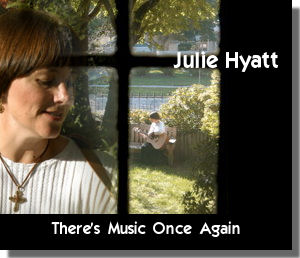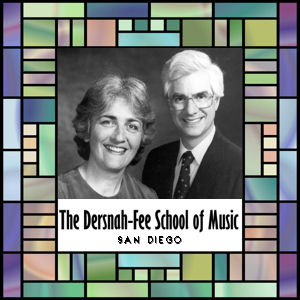
Midland Symphony Orchestra
Carlton Woods, conductor
Natasha Paremski, pianist
Midland Center for the Arts
November 6, 2004 |
Review published in
The Saginaw News
November 8, 2004 |

| LISTING OF REVIEWS
| GROVER'S HOME PAGE |
|

|
A NOTE TO MY ONLINE READERS: 
On November 5, 2004, The Saginaw News" mandated that my reviews be reduced in length by one third. While I of course believe any commercial venture has the right to define its product any way it chooses, I feared their decision may have repercussions on the quality of my reviews.
What you see below reflects this new policy.
In order to make my reviews as interesting as possible, I had always done much additional research to provide background information for the readers that they might not have had. Also, it is my goal each time to describe the evening in enough ways and in sufficient detail so that the reader can say, "I felt like I was there."
These are the parts of review writing that have always made it enjoyable for me. Merely saying "the orchestra played well in this movement" or "the soloist failed to find the emotional depths of the work" tells the reader so very little about the totality of the event, and is frankly the most unsatisfying to write.
As a result, by my choice and after 20 seasons, this was my last review for The Saginaw News.
My apologies to those who were expecting more content in this review.
--Grover Proctor
|
| |
The Midland Symphony gave a modern musical retelling of the Monroe Doctrine Saturday night at the Midland Center for the Arts, showcasing exclusively music of the Western Hemisphere.
For those who do not like 20th century music, or for whom it is not their cup of tea, there was not much to look forward to in this concert. Clearly, conductor Carlton Woods was using the event to educate not only the orchestra, but also the audience, in the vicissitudes and delights of the modern idiom. Woods put together a program of North and South American modern works, of varying degrees of quality and popular appeal, all works unified by the rhythmic undercurrent provided by a greatly beefed-up percussion section.
The first half featured two suites, a South American ballet suite and a North American one-movement film score suite from the pen of Leonard Bernstein. All the pieces on the program were relatively youthful works, including the two suites--Estancia Danzas by 26-year-old Argentinean composer Ginastera and Bernstein's suite from the film music to On the Waterfront, written when he was 36.
The expanded seven-member percussion section, plus tympani, got a strong work-out in the Ginastera, especially in the wild ride of the first movement "Los trabajadores agricolas." The Bernstein is a better crafted work than the Estancia and yet in both, the orchestra seemed mostly technically on the mark, though emotionally and musically not to have wrested everything embedded in the scores.
After intermission came a reading of 39-year-old Mexican composer Revueltas' orchestration of his earlier song, Sensemaya. This tone poem is the tale of the killing of a menacing snake, the mood set from the beginning by a slithering bassoon motion and a tricky 7-meter. The orchestra painted a vivid picture using this hypnotic ta-DAH-ta-DAH-ta-DAH-DAH rhythm, until the crashing climax of the serpent's demise.
The concert closed with the 27-year-old Gershwin's Piano Concerto, with an even more youthful guest artist, pianist Natasha Paremski. It must be this region's season for 17-year-old Russian-born soloists. First there was violinist Eugene Ugorski with the Saginaw Bay Symphony Orchestra last month, and now Paremski with the Midland Symphony. Add to that Chinese pianist Lang Lang last week in Midland, and it has been a banner month for foreign prodigies.
From her first bluesy entrance, it was clear that Paremski has worked hard to try to assimilate the jazzy American modern style, or at least Gershwin's orchestral stylizing of it. Her playing demonstrated the youngster has major technique, with which she generates a slightly timid, quiet performance. In the second movement, as her shoulders swayed to the blues, and in the fiery finale she gave a colorful and dazzling display, but one which, like much of what the orchestra would do all night, lack an overwhelming confidence in the soul and character of the piece.

| |
|

RETURN TO TOP
|











